The U.S. Department of Energy's (DOE) Bioenergy Technologies Office (BETO) Renewable Carbon Resources subprogram (RCR) develops strategies and supports technology development to mobilize renewable carbon resources to enable the production of bioenergy and bioproducts. RCR focuses on facilitating availability, reducing cost, improving quality, and maximizing the environmental benefits.
Bioenergy Supply Chain

Renewable carbon resources are carbon-based resources that are regularly regenerated, either via photosynthesis (e.g., plants and algae), or through regular generation of carbon-based waste (e.g., the non-recycled portion of municipal solid waste, biosolids, sludges, plastics, and CO2 and industrial waste gases).
This is in contrast to finite carbon resources, such as petroleum and coal, which take millennia to regenerate.
Renewable Carbon Resources Scope
- Agricultural residues (e.g., corn stover—corn stalks, cobs, and leaves)
- Forestry residues (e.g., logging residues, forest thinning)
- Purpose-grown energy crops
- Algae (e.g., microalgae, macroalgae, cyanobacteria)
- Herbaceous crops (e.g., switchgrass, miscanthus, energy cane, sweet sorghum, high-biomass sorghum)
- Short rotation woody crops (e.g., hybrid poplars, shrub willows)
- Over wintering secondary crops (e.g., carinata, pennycress)
- Waste streams (e.g., the non-recycled organic portion of municipal solid waste, forest industrial wastes, biosolids, sludges, manure slurries, food waste, plastics, CO2 and industrial waste gases).
- Resources from ecosystem restoration or maintenance (e.g., harmful algal blooms, invasive species, salvaged material from natural disasters, fire mitigation)
- Commodity crops (e.g., corn, grain sorghum, oil seed crops)
Each of these resources has unique considerations related to quality, logistics, siting, sustainability, regulations, and economics. The RCR subprogram aims to optimize the use of each resource considering numerous sustainability indicators including land-use change, greenhouse gas (GHG) emissions, biodiversity, resource conservation, wildlife habitat, fire mitigation, food security, social well-being, and water, soil, and air quality. Learn more.
Renewable Carbon Resources Activities
The RCR RD&D approach is organized around the following activities: Production and Sourcing, Logistics, Feedstock-Conversion Interface, Waste Management, Environmental Remediation, and Carbon Management.
Production and Sourcing
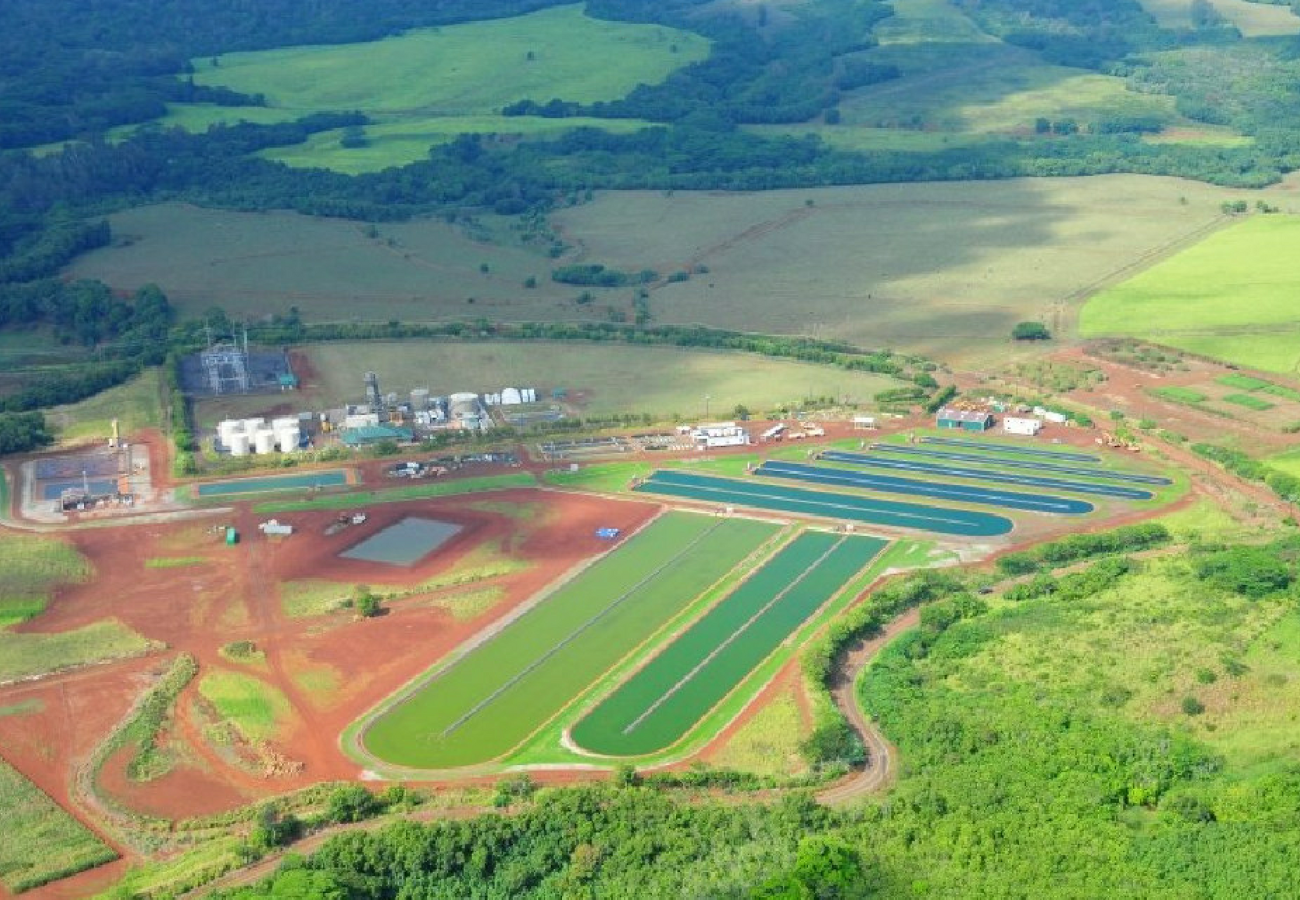
Production and Sourcing RD&D focuses on improving the economic production or supply of renewable carbon resources.
Logistics
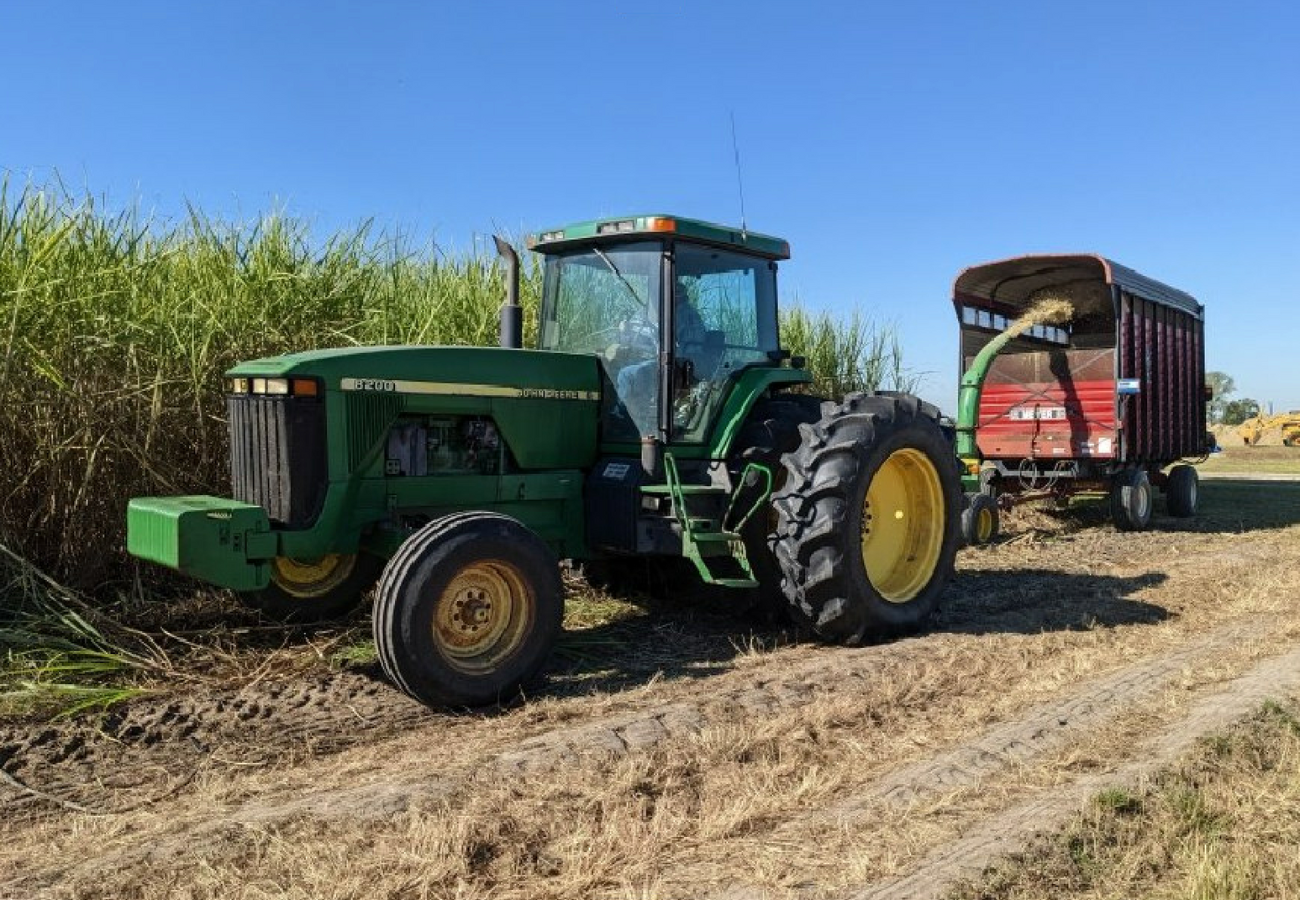
Resource logistics consist of the harvest, collection, preprocessing, and transportation of biomass and wastes to the biorefinery.
Feedstock Conversion Interface
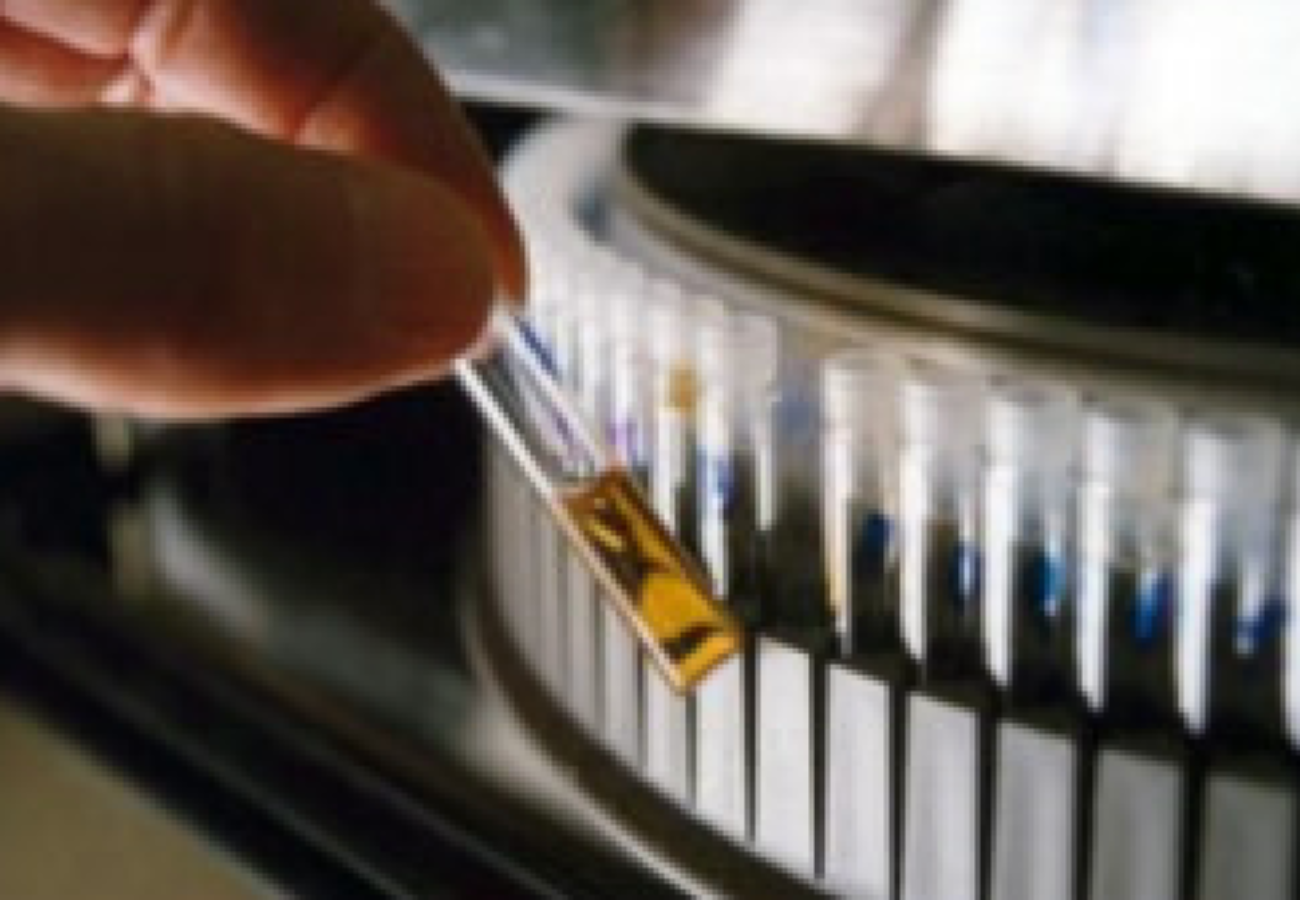
The behavior and performance of biomass in supply, preprocessing, and conversion operations are addressed through feedstock-conversion interface RD&D activities.
Waste Management
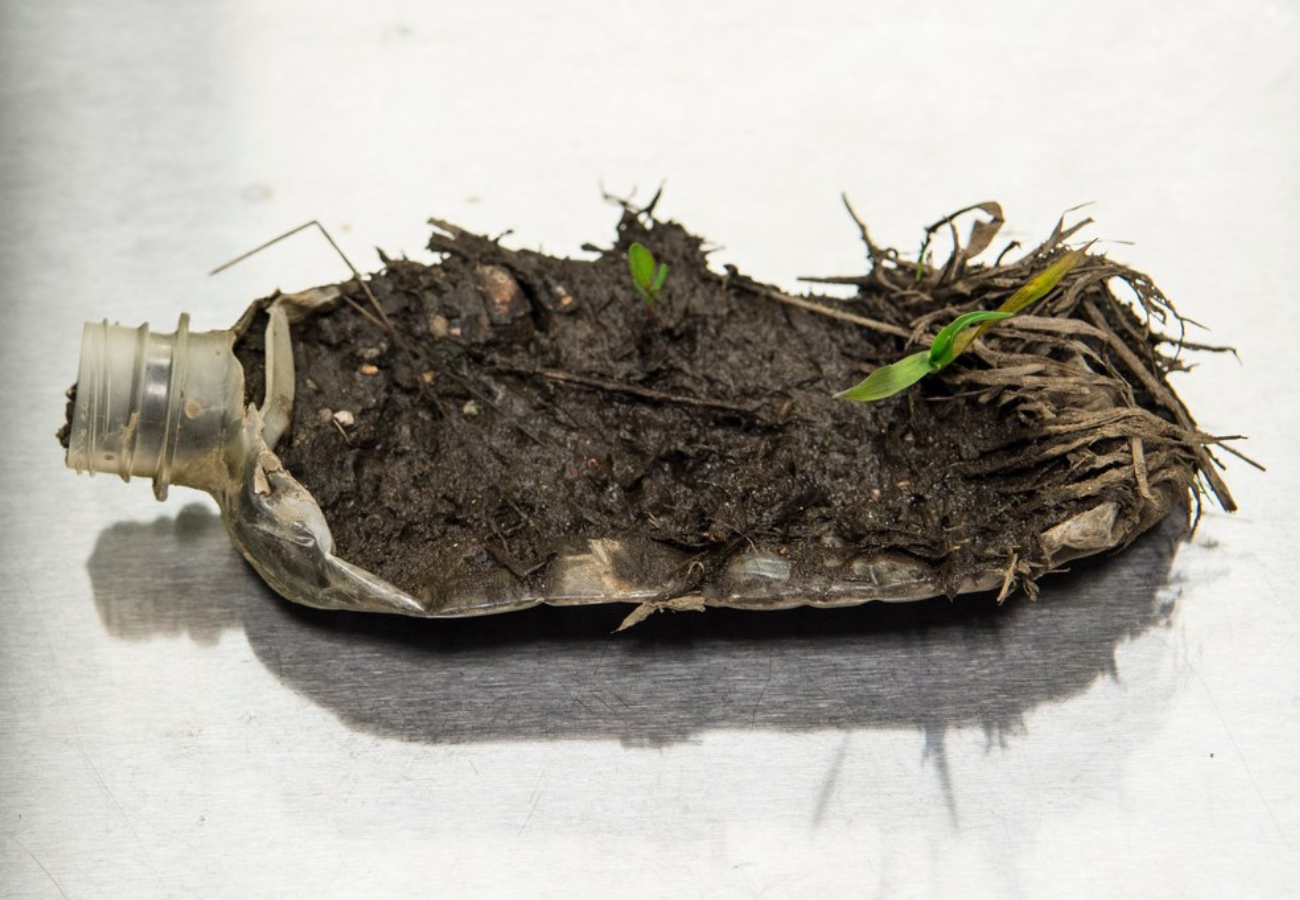
To accelerate the beneficial use of waste streams, RCR focuses on developing technologies to characterize, separate, fractionate, and preprocess waste streams.
Environmental Remediation
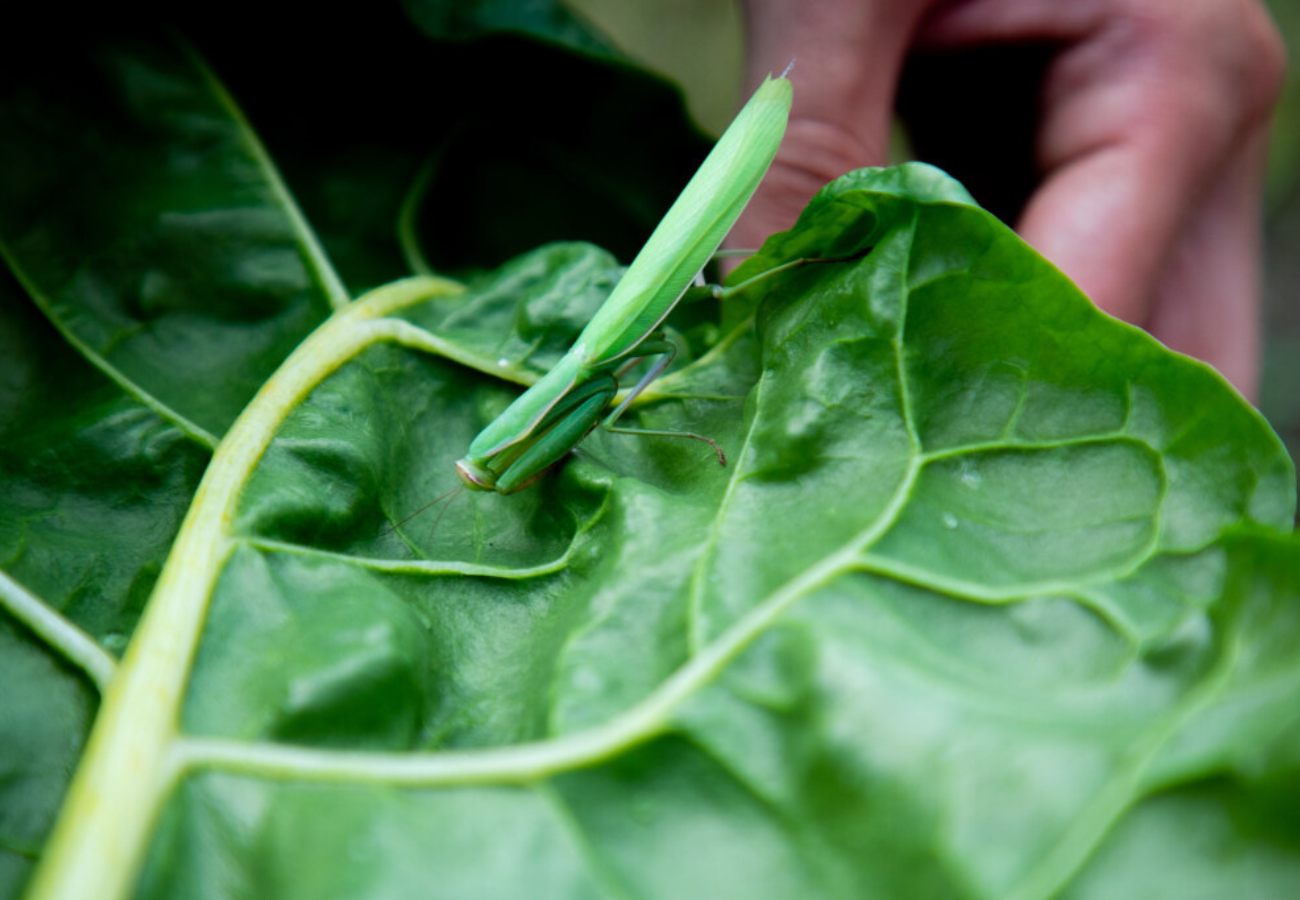
In addition to waste management and production of sustainable biofuels and bioproducts, BETO’s goals include using the unique qualities of biomass.
Carbon Management
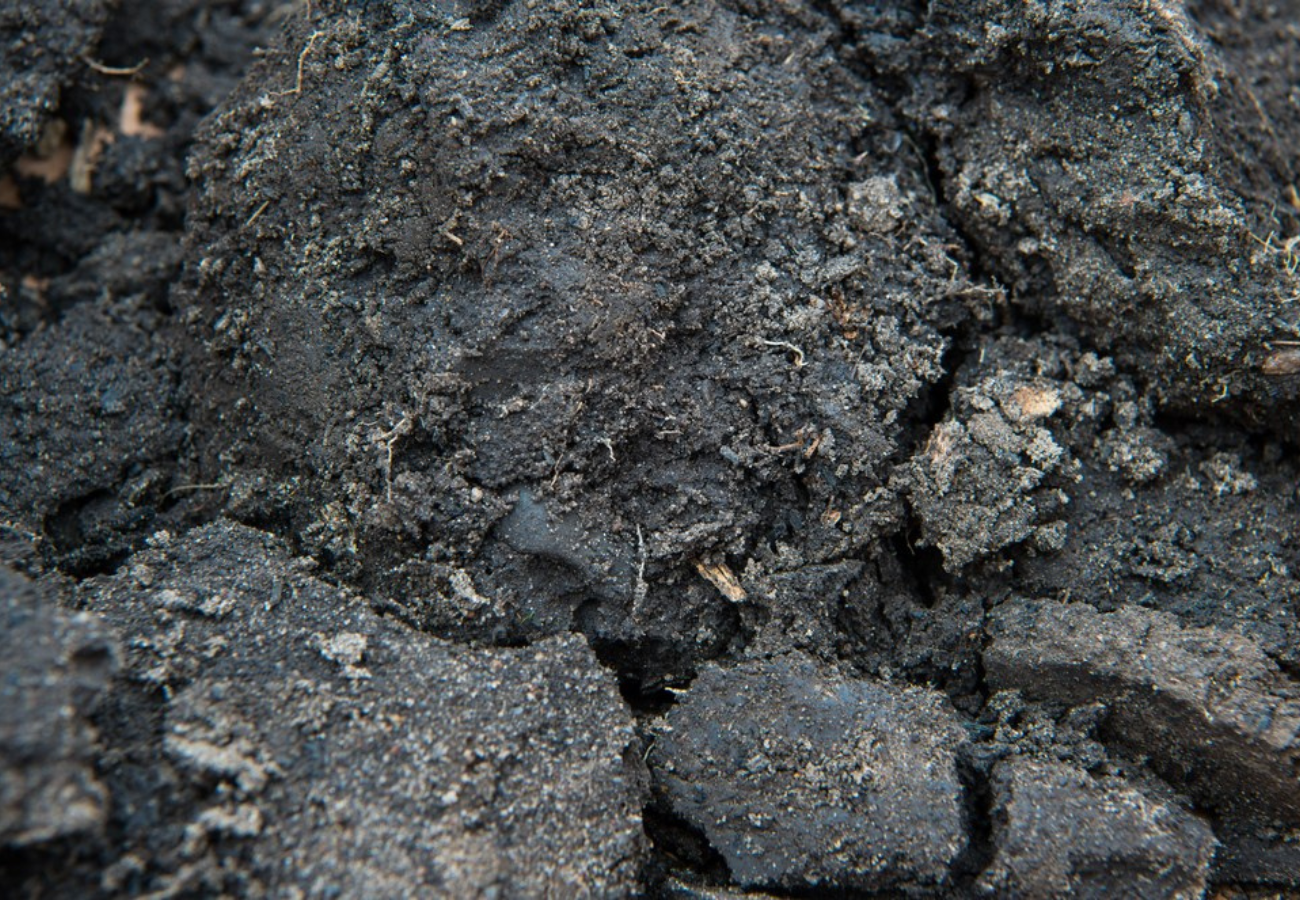
To offset GHG emissions from various sectors, sinks are needed for carbon capture.

